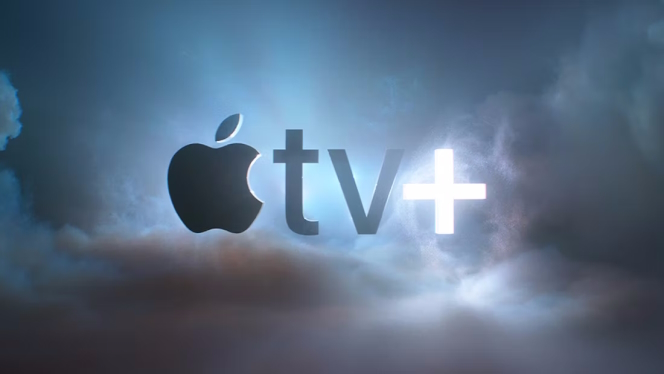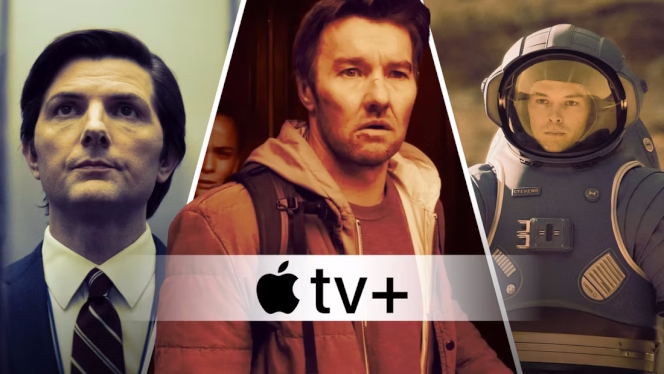MOVIE NEWS – Apple TV+ ratings are shocking compared to Netflix…
The days of Apple spending billions of dollars producing original content that few people watch may be over. We could be witnessing a very significant decline if this information turns out to be true. Known for its contribution to the world of technology, Apple introduced Apple TV+ in 2019. His own streaming service that wanted to compete with Netflix. Although it started off strong with its commitment to producing quality entertainment, the service did not grow as hoped. Series like The Morning Show, Ted Lasso, and Monarch: Legacy of Monsters have proven successful, and they still stand out from the plethora of original content the service has offered over the past five years.
Bloomberg reports that Apple TV+ only achieves a fraction of Netflix’s numbers.
It makes up only 0.2% of TV viewers in the United States! Netflix gets more views in a day than Apple TV+ sees in a month. This hardly justifies the staggering sums spent on shows like Masters of the Air, which cost $250 million to make and were barely on anyone’s radar. This has led to internal discussions at Apple that have centred on the streaming service looking for ways to cut expenses.
“Subscriber growth has been weak, and the platform’s original content is a fraction of what rivals offer,” said the Bloomberg analyst pair. Indeed, since Netflix is clearly the winner on this front. The latter invests billions of dollars in producing foreign and domestic original programs. They can reach every corner of their subscriber base. All of this is something that Apple TV+ just can’t compete with, no matter how hard they try. Given that Netflix has been in the game much longer than they have and already has a significant portion of the streaming audience with over 277 million subscribers. Compared to Apple TV+’s 25 million…
What’s next, Apple TV+?
With Netflix clearly the winner of the two, where does that leave Apple TV+ and how to proceed? They have already committed to additional seasons of Monarch, The Morning Show, Silo, For All Mankind, Surface and Hijack, to name just a few. These shows cost a significant amount of money. The tech giant reportedly paid $50 million for The Morning Show cast alone.
First, they’re on the right track by reducing the number of shows that make it past their first season. In 2019, a staggering 100% of original shows made it to a third season. In 2021, this number dropped significantly to only 22%. Despite the outrage among fans when they learned that some of their favourites had ended, it’s a deal. If the numbers aren’t enough to justify the expense, Apple has no choice but to cut its losses and move on.
Experimental shows or tried-and-true blockbusters?
Apple would also do well to focus a little more on what works before deciding to throw a lot of money at an experimental, original title that might only serve a niche audience. Filmmakers may not like to hear this. But again, this is a business, and creativity and the corporate world have always been at odds. So this is not surprising. Why would you risk it with a costume western that has already been used on other streamers when you know for sure that science fiction is the most essential genre on your service? Give your audience more of what they want, and they’ll love you forever. (If they’re great at anything, it’s science fiction, from Foundation and Severance to Dark Matter and Silo).
What I’m saying is that Apple TV+ may be on the low end of the totem pole, but they don’t have to lose money if they play their cards right. Of course, Hollywood is a game of chance in many ways. Sometimes, you have to experiment to see what works. But when it comes to managing your streaming audience, there’s data to tell you where the successes and failures lie. If this is used, there’s a good chance that Apple can grow its subscribers year after year and become a real player. Even though Netflix already has a huge advantage.
And if this all ends up being a failure for Apple, at least they can say they were patrons of the arts, like the rich and influential groups before them, from the Medici to the Guggenheims…
Source: Bloomberg

















Leave a Reply